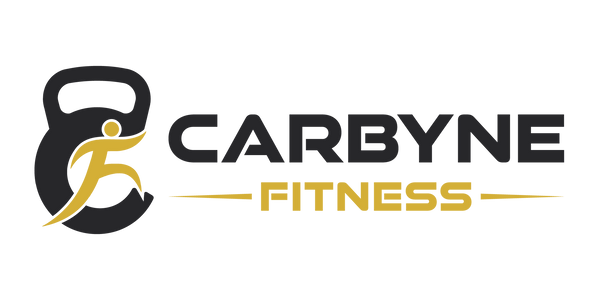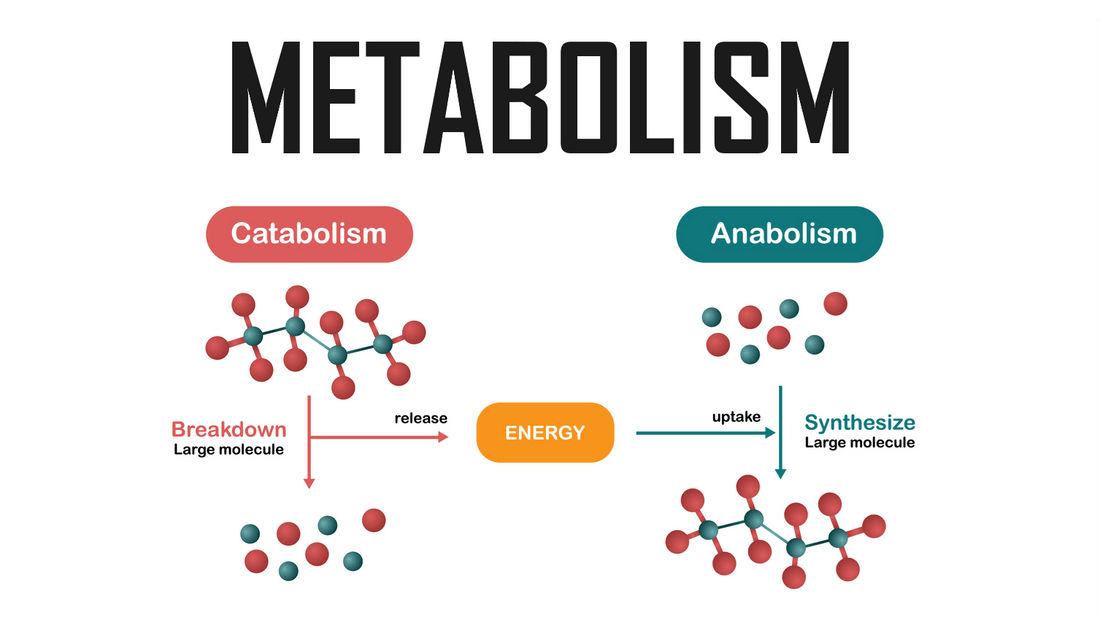Ever heard of "anabolism" and "catabolism"? They're not just fancy fitness buzzwords – they're the yin and yang of your body, constantly working together to build and break down things like muscle and energy. Understanding these two forces is key to unlocking your fitness potential, so let's break it down in a way that's easy to digest (pun intended!).
Imagine your body as a bustling city:
- Anabolism is the construction crew: They take small parts (like amino acids from protein) and build them into bigger things (like new muscle!). Think of them as tiny workers adding bricks to a building.
- Catabolism is the recycling team: They break down large things (like stored fat) into smaller ones (like fatty acids), releasing energy in the process. Think of them as sorting through trash and turning it into fuel for the city.
These two teams aren't enemies – they're like best buds working together to keep your city (body) running smoothly.
Exploring the Hormonal Influences on Anabolism and Catabolism
Our bodies are like finely tuned orchestras, with hormones as the conductors. These chemical messengers play a crucial role in directing muscle growth (anabolism) and breakdown (catabolism). Understanding how they work is key to optimizing your fitness results.
Hormones that Build Muscle:
- Testosterone: The star player, fueling muscle growth and strength. Strength training boosts its levels.
- Insulin-like Growth Factor-1 (IGF-1): A teammate of testosterone, promoting protein synthesis and muscle repair.
- Human Growth Hormone (HGH): Supports both muscle growth and fat burning, helping you build muscle while reducing fat.
Hormones that Can Break Down Muscle:
- Cortisol: The stress hormone. In high amounts, it can break down muscle. Manage stress to keep it in check.
- Glucagon: Breaks down stored energy (glycogen and fat) for fuel. Essential, but too much can prevent muscle growth.
- Adrenaline: Provides energy during intense exercise or stress, but can also contribute to muscle breakdown if elevated for too long.
So, how do we achieve an "anabolic state" or "anabolism" where we build more than we break down?
- Manage stress: Stress can trigger catabolism, so find healthy ways to manage it like yoga, meditation, or spending time in nature.
- Fuel your builders: Eat enough protein (think chicken, eggs, beans) to provide the raw materials for new muscle. Aim for 1.2 grams of protein per kilogram of body weight daily.
- Eat regularly: Don't let your construction crew starve! Have balanced meals and snacks throughout the day to keep them supplied with materials.
- Strength training: This is like giving your construction crew a heavy workout! It tells them to build more muscle by lifting weights or bodyweight exercises.
- Rest and recovery: Just like any hard-working crew, your muscles need time to rest and repair after a workout. Get enough sleep and give your body time to bounce back.
By managing stress, getting enough sleep, and having a balanced exercise routine, you can create an environment that supports optimal muscle growth!
Remember, catabolism isn't the enemy! It provides the energy to fuel workouts and keep your body functioning. But, too much of it (from skipping meals or going overboard with cardio) can make it harder to build muscle.
By understanding anabolism and catabolism, you can make informed choices about your diet and exercise to build the body you deserve. Remember, it's all about balance and giving your body the tools it needs to thrive!
So, ditch the confusion and embrace the amazing dance of your body's builders and breakers. You can kickstart planning your workout schedule and diet by using our Exercise Planner and Nutrition Calculator!

